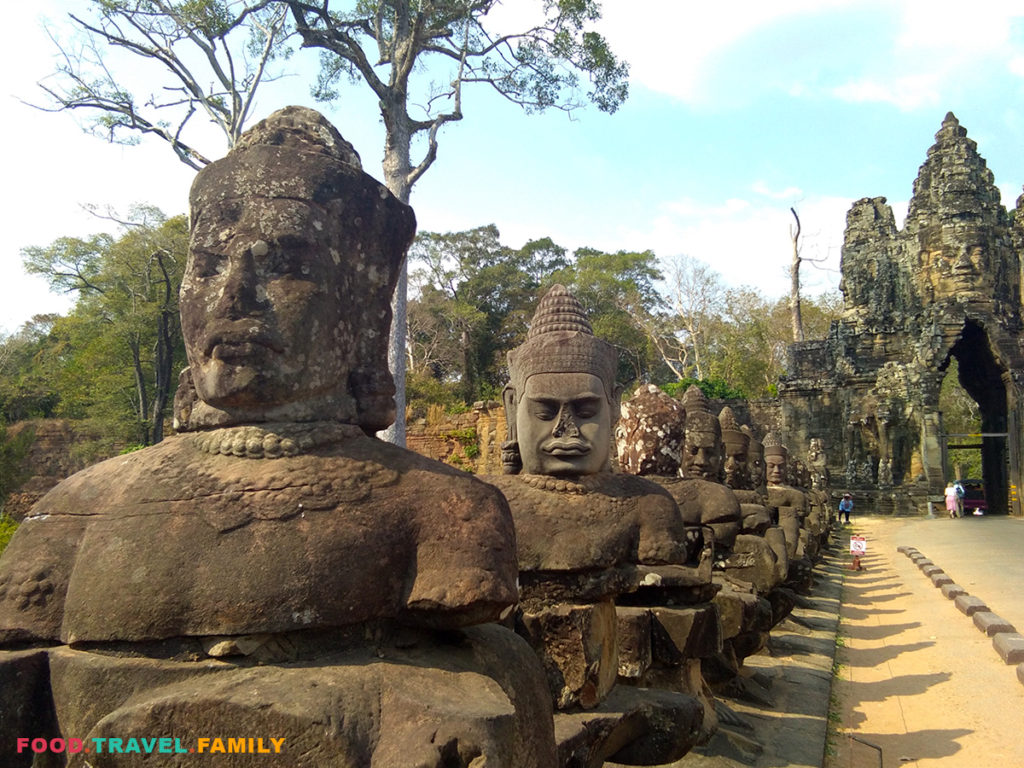Visiting the Angkor Temples
Visiting the Angkor Temples is why we fly to Siem Reap, Cambodia. According to UNESCO site, Angkor is one of the most important archaeological sites in South-East Asia. Stretching over some 400 km2, including forested area, Angkor Archaeological Park contains the magnificent remains of the different capitals of the Khmer Empire, from the 9th to the 15th century. They include the famous Temple of Angkor Wat and, at Angkor Thom, the Bayon Temple with its countless sculptural decorations. UNESCO has set up a wide-ranging programme to safeguard this symbolic site and its surroundings.
How to get there from Siem Reap
Arrange from your hotel a remorque driver to pick you up and drive to the Angkor Temples. Most visitors want to see the sun rise at the historical sites but we prefer to take it easy and go there around 9 in the morning. Our remorque driver is punctual and we have hire him for a whole day to drive us around. It takes about 25 minutes from our hotel to the ticket office at the entrance of the Angkor Archaeological Park. We choose a day pass which costs us US$37 each. It comes with a map of the Angkor Temples we will be visiting.


Prasat Kravan
Prasat Kravan is our first stop according to the map. The temple consists of five towered brick shrines aligned North-South and facing East. The complex was consecrated in 921 AD by Mahidharavarman, a high official at the court of King Harshavarman I. The central of the shrine is dedicated to the Hindu god Vishnu.
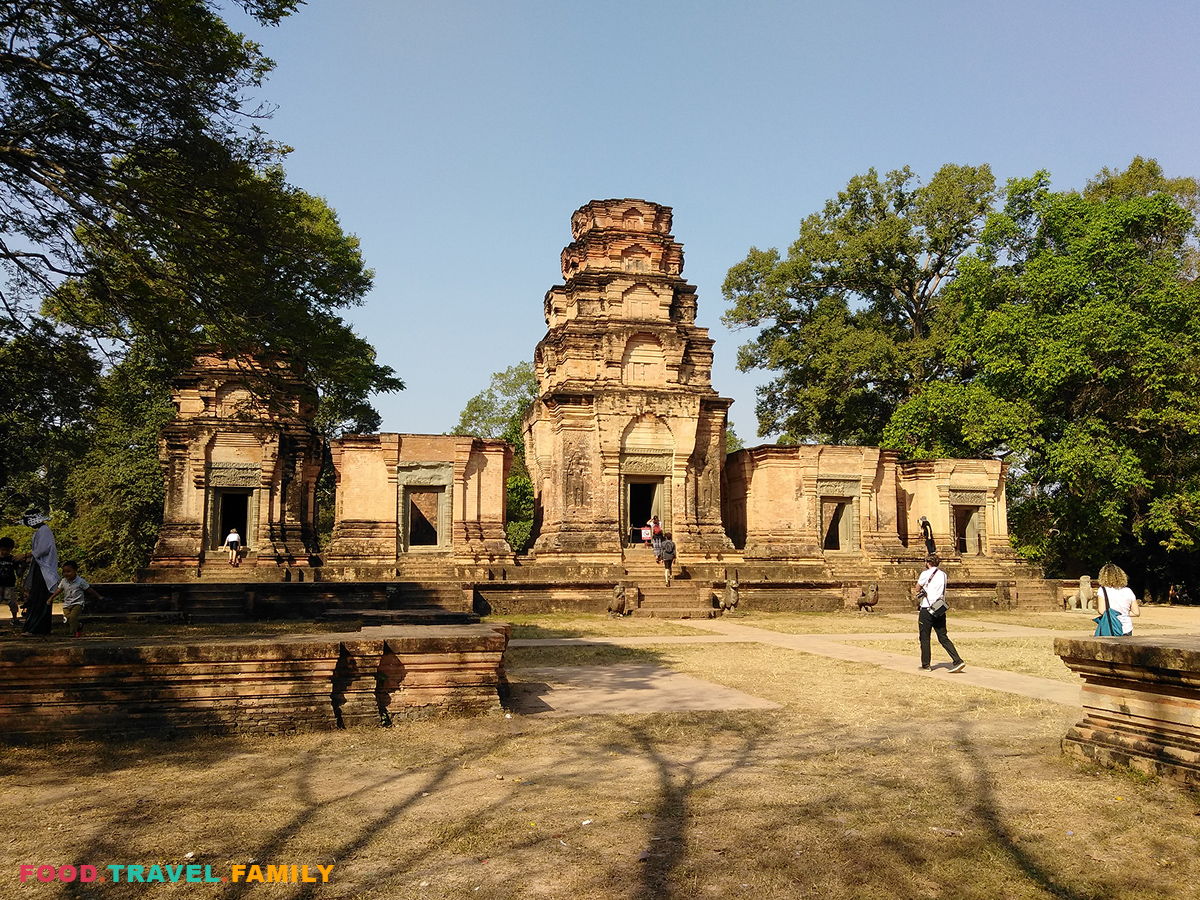



Banteay Kdei Temple
Our next stop is Banteay Kdei Temple (Prasat Banteay Kdei) means “A Citadel of Chambers”, also known as “Citadel of Monks’ Cells”. Built in the mid 12th to early 13th centuries AD during the reign of Jayavarman VII, it served as a Buddhist temple and home to an active monastery at multiple time periods since their construction up until the 1960s. The structure is currently dilapidated due to faulty construction and poor quality of sandstone used and is undergoing restoration.

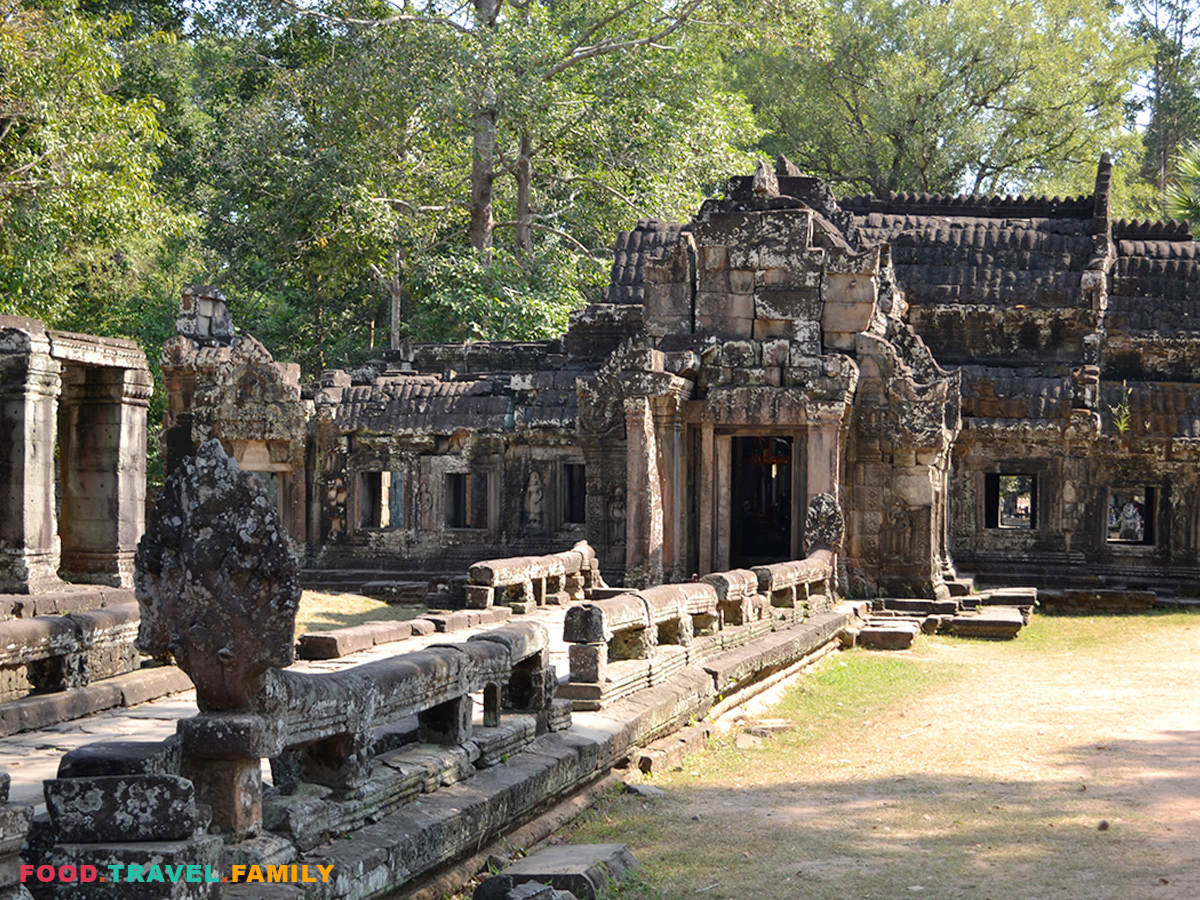


Ta Prohm Temple
Ta Prohm the so-called ‘Tomb Raider Temple’, is one of the most visited temple in Angkor. It has been left untouched by archaeologists except for the clearing of a path for visitors and structural strengthening to stave of further deterioration. Trees spread their gigantic roots over stones, through walls and terraces, tearing them apart. Ta Prohm Temple is truly a Kingdom of Trees, nature taking over reclaiming its place on earth. According to Wikipedia, Ta Prohm was built in the late 12th and early 13th centuries and originally called Rajavihara. It was founded by Khmer King Jayavarman VII as a Mahayana Buddhist monastery and university.


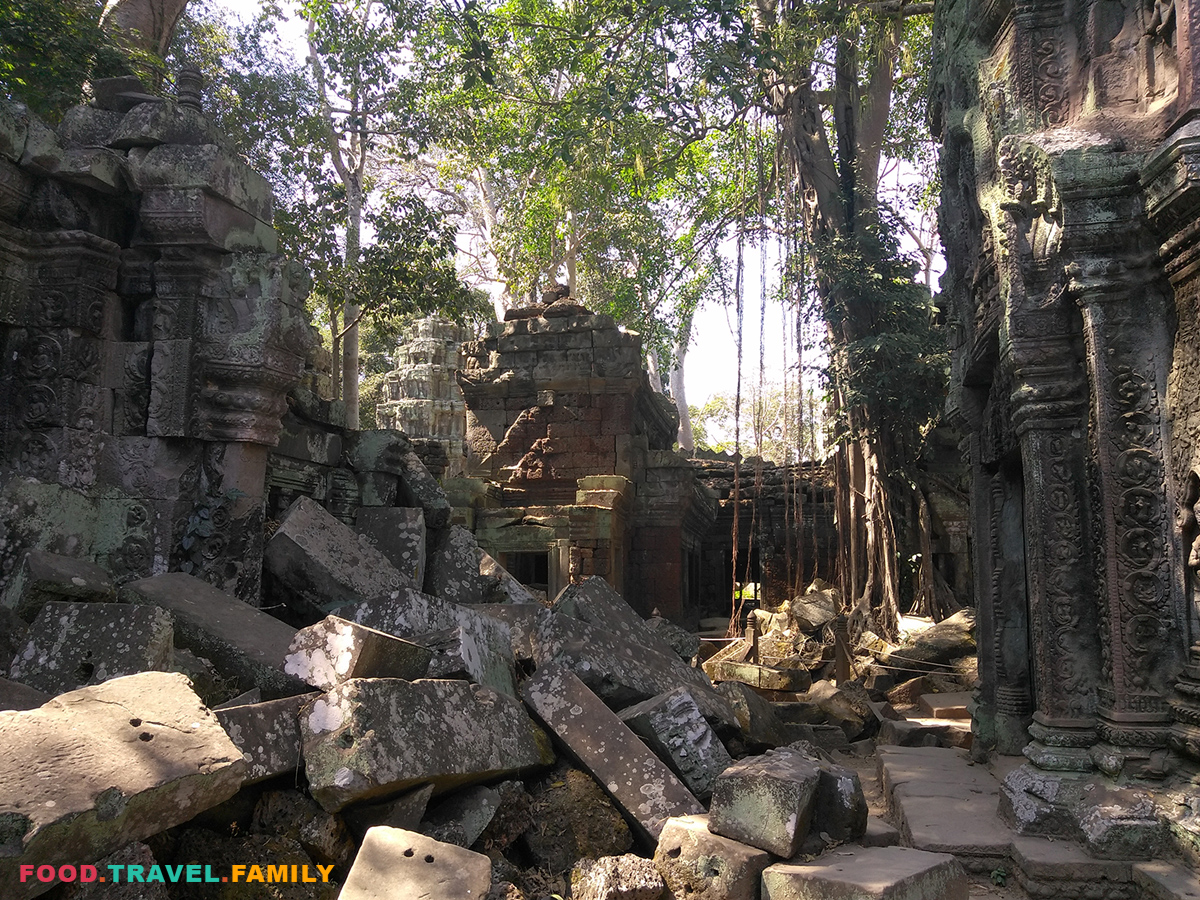
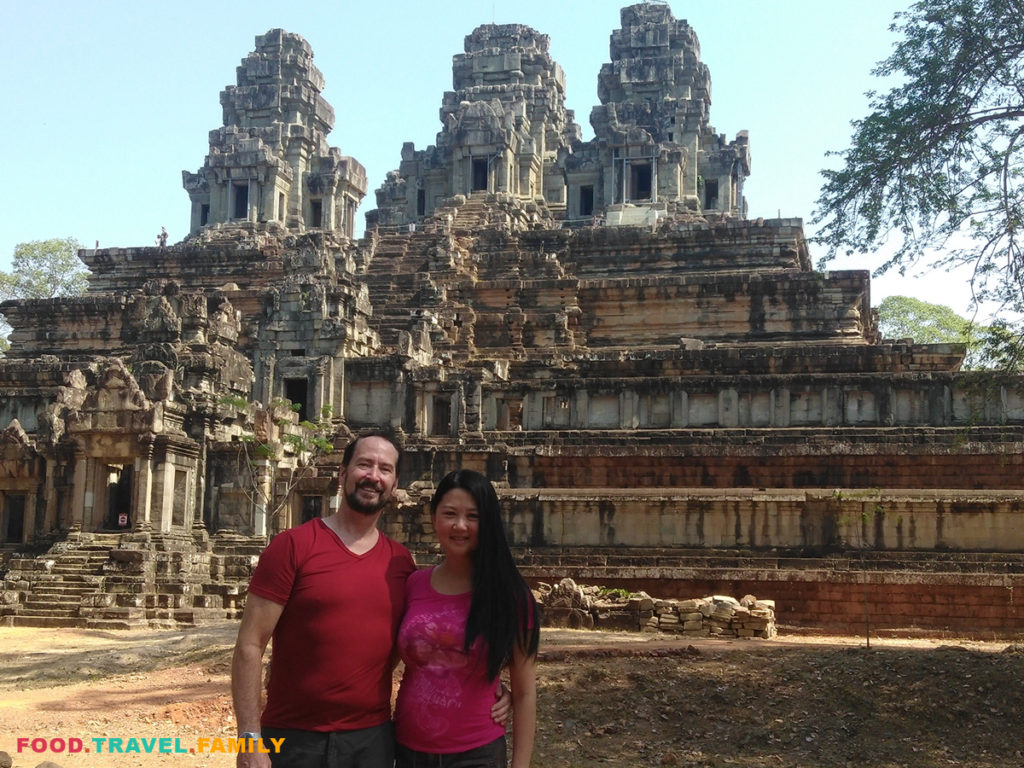
Baphuon
Shane and I feel Baphuon is the most impressive temple of all the Angkor temples. This pyramid-style temple is believed to be located within the city of Angkor Thom by archaeologists. This beautiful 11th century “temple-mountain” with steep stairs lead us to a terrace that offers a nice view of the surroundings. It gives us a respite from all the walking and climbing to simply sit and reflect on the history of this ancient temple and thousands of people that lived here.
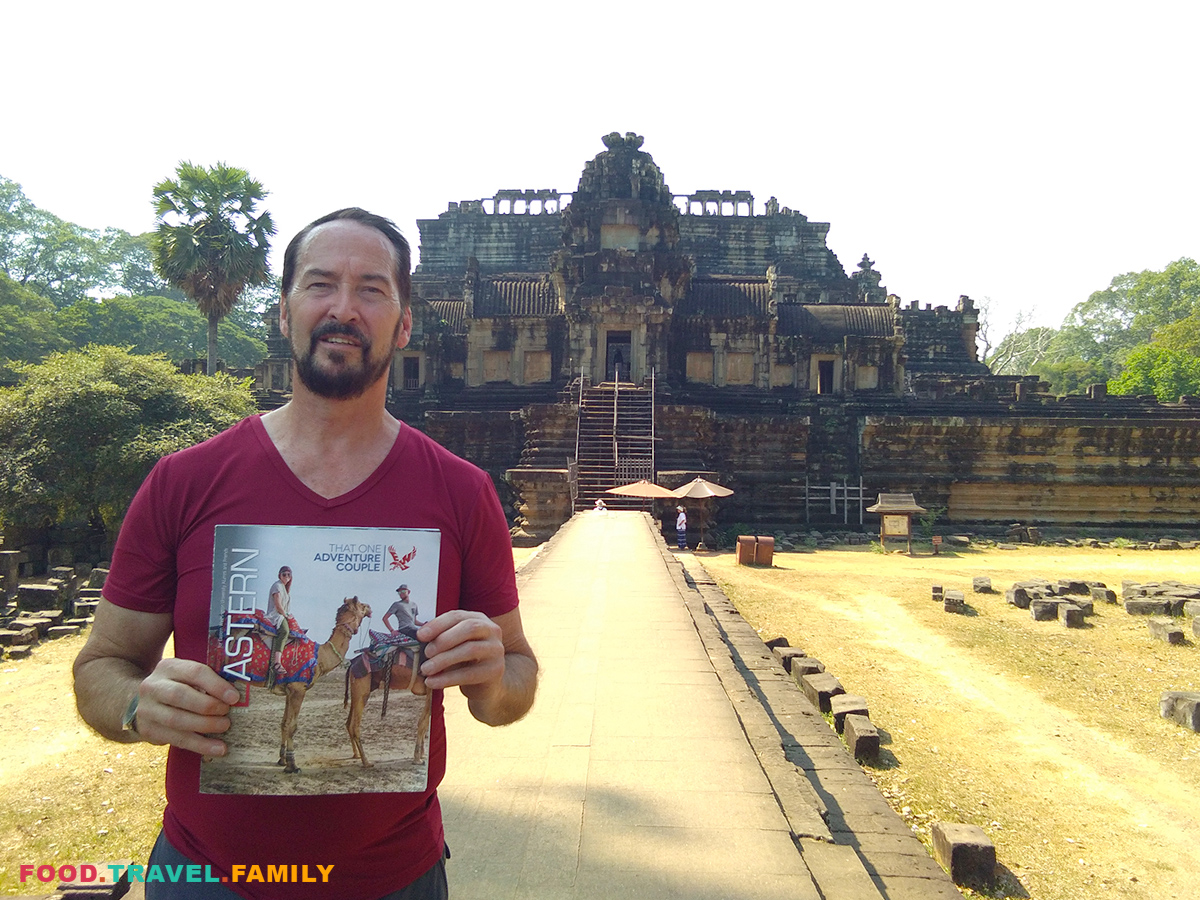


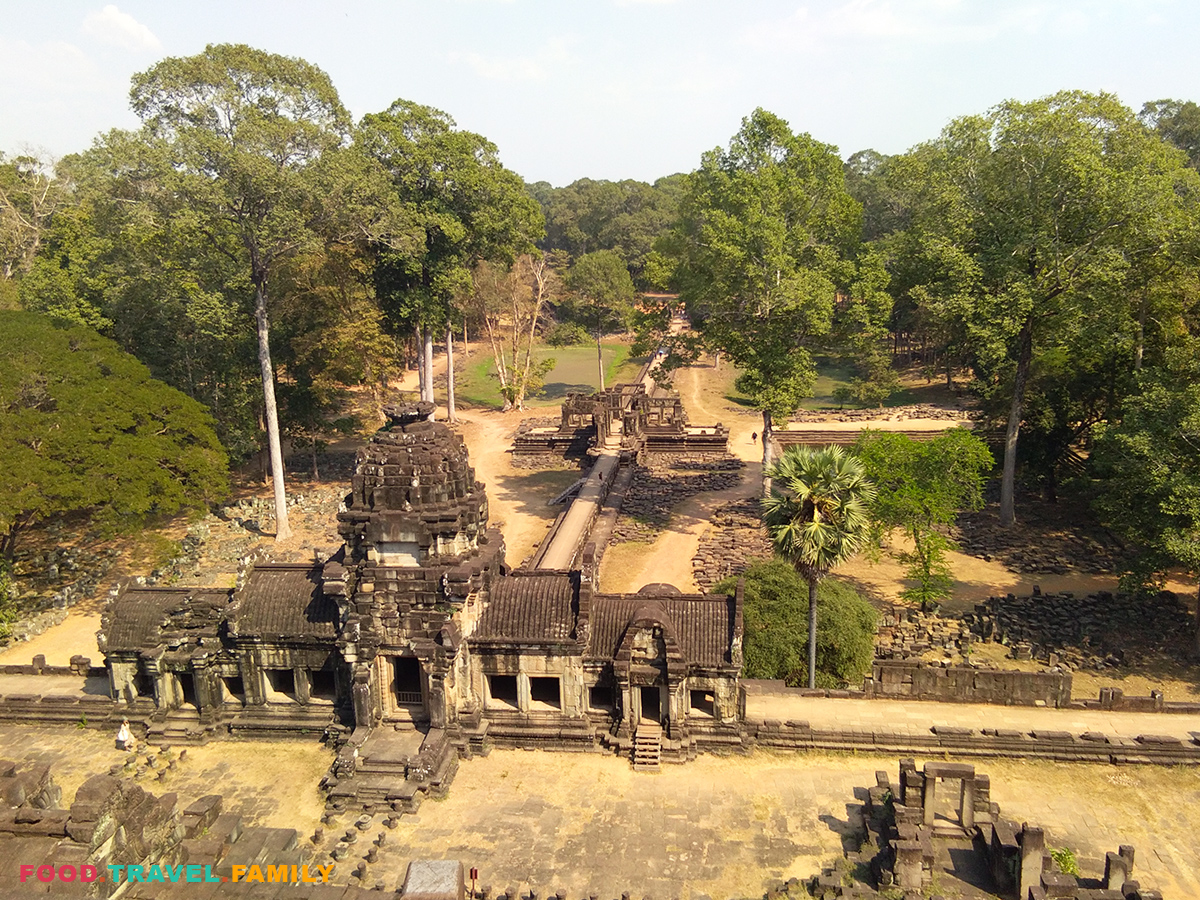

Angkor Wat
Angkor Wat is the reason why we visit Cambodia in the first place. However we feel we have gotten a lot more out of this visit after seeing just a portion of the Angkor Archaeological Park today. Angkor Wat is awe inspiring! Its beauty, mightiness and magnificence surpass all the archaeological sites I’ve been. Angkor Wat is the largest religious monument of the Angkor temples and in the world and also the best preserved. Most visitors head to this temple for the sunrise. Be sure to research for the best timing to be in this location before your sunrise trip.
Angkor Wat was constructed during the reign of Suryavarman II and is dedicated to Vishnu. Angkor Wat was “discovered” by António da Madalena in 1586, but global awareness of the temple was really created through the travel writings of French explorer Henri Mouhot in the mid 19th century. The site was listed as a World Heritage Site in 1992 and from that time restoration work has been ongoing.
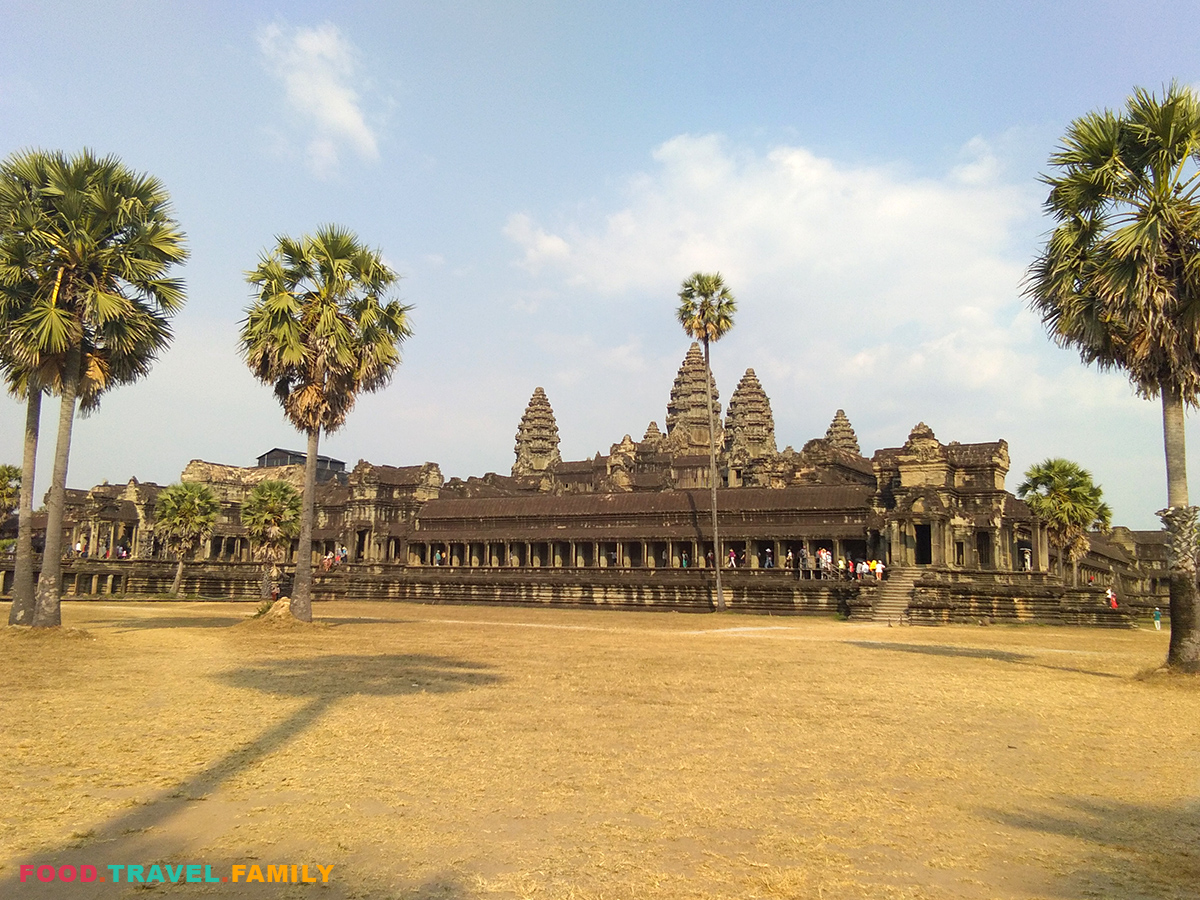

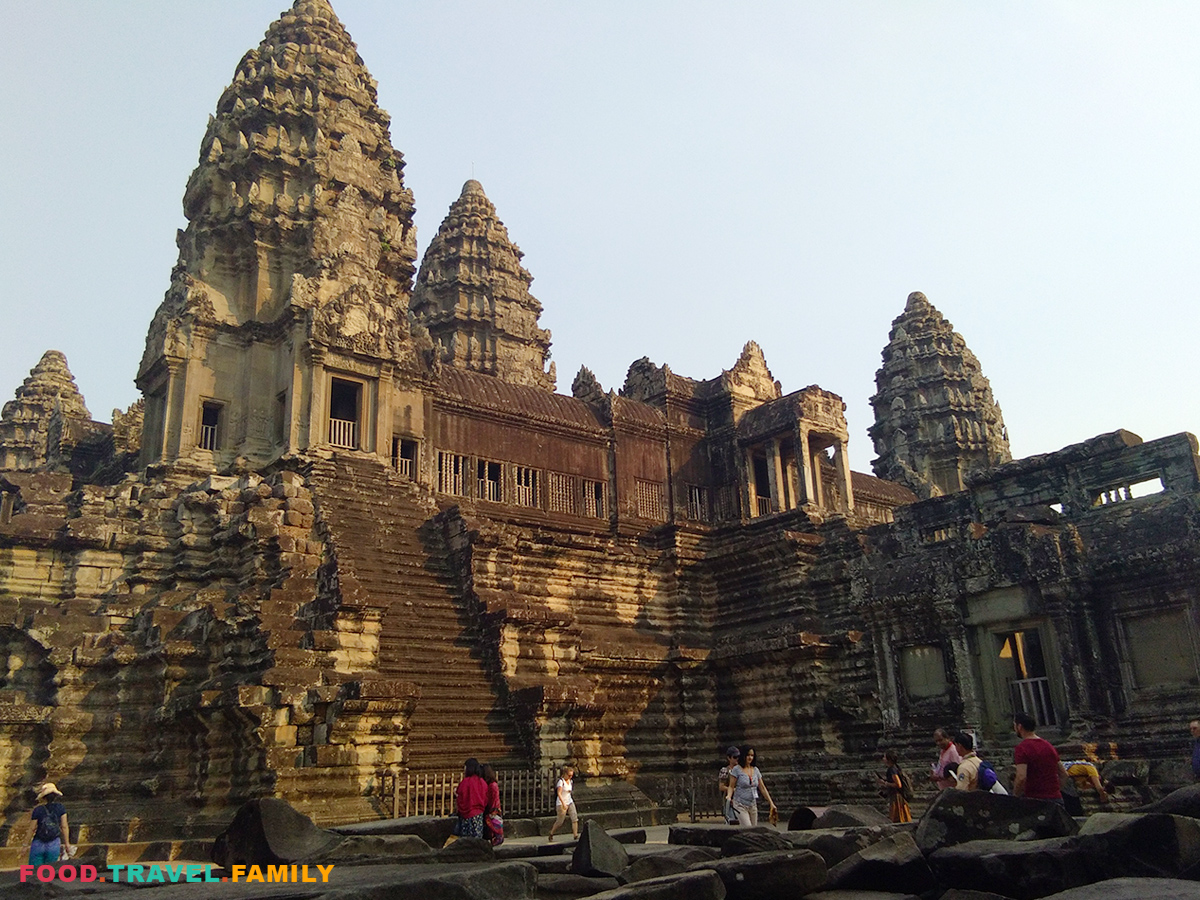

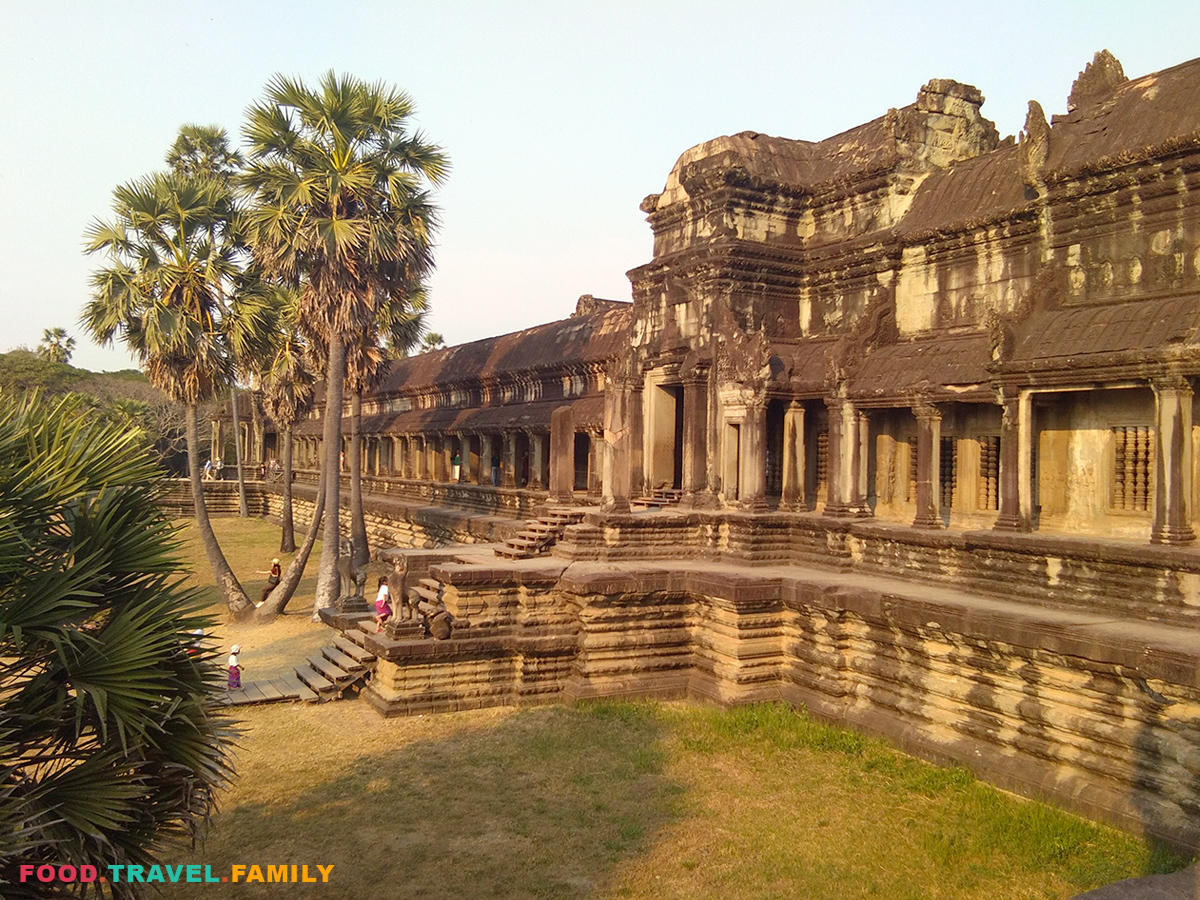
We have visited a few more sites that I did not include in this post. There is still a huge portion of the Angkor Archaeological Park we haven’t visited. We hope to one day come back here to spend more leisure time touring the rest of the sites. It would be wonderful to also experience how some of the locals in Siem Reap live. This is a post I’ve written of our first impressions visiting the city.

